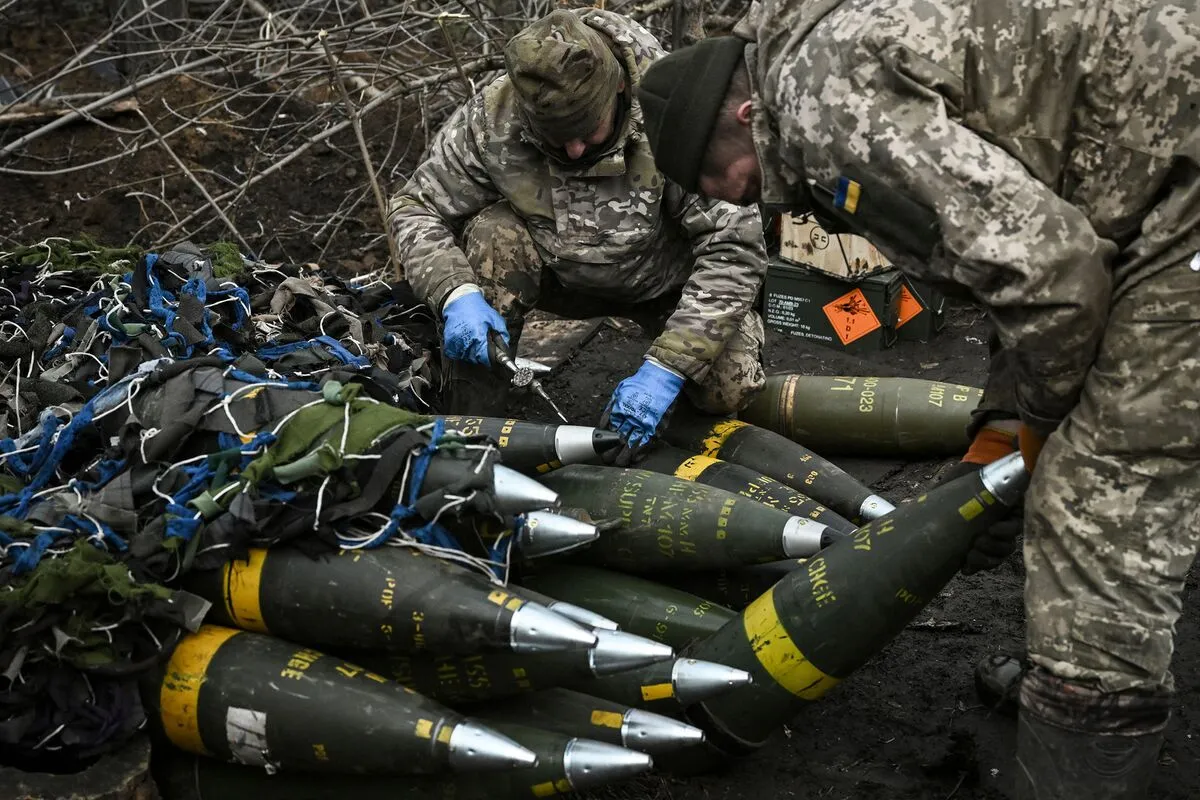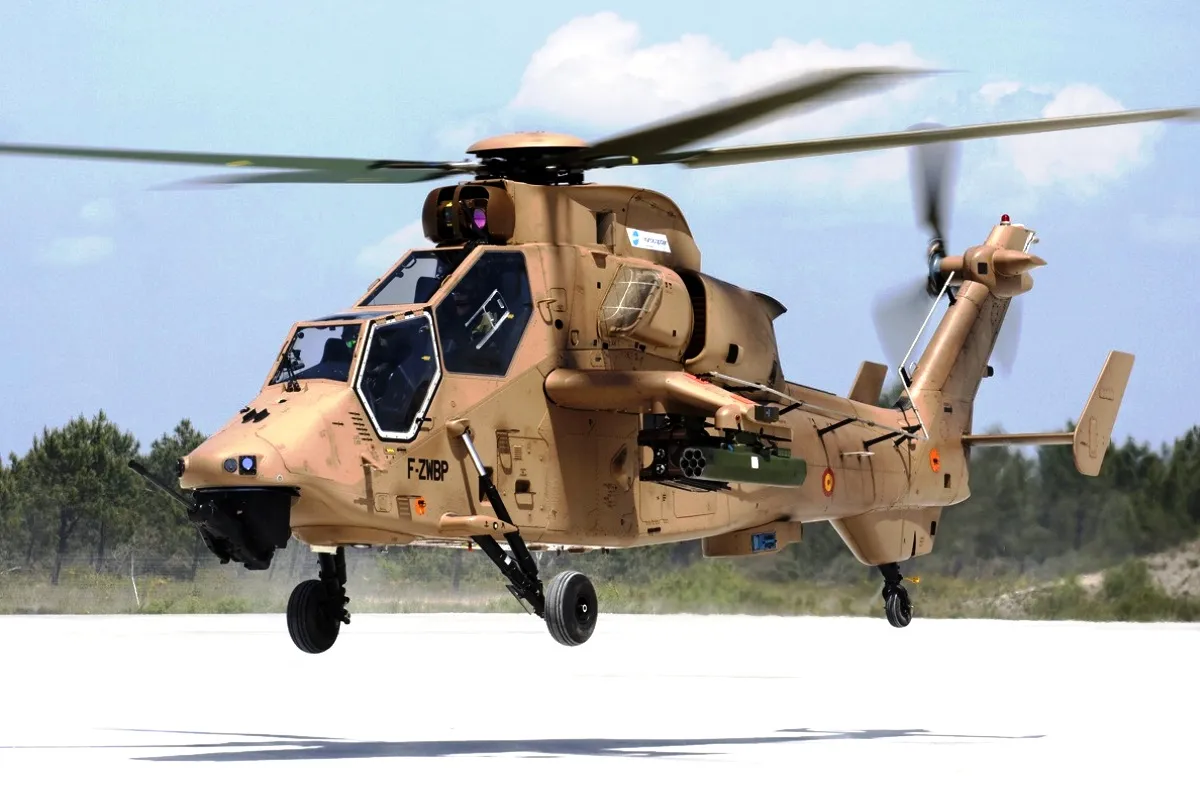The Anka-S is Turkey’s advanced MALE UAV, known for its satellite communication (SATCOM) capabilities, enabling beyond-line-of-sight (BLOS) operations. Designed for both surveillance and strike missions, the Anka-S can stay airborne for over 24 hours, carry precision-guided munitions, and operate at altitudes up to 30,000 feet. Its integration of satellite control allows it to cover vast distances, making it an ideal platform for modern, network-centric warfare.
For Pakistan, the Anka-S represents an ideal model for the future of UAV operations, especially in a geographically diverse country with long borders and complex terrain. The ability to control drones over vast areas without relying on ground-based communications is crucial for long-range surveillance and targeting missions. Pakistan’s collaboration with Turkey on defense projects makes the Anka-S a platform worth studying for potential joint ventures or technology transfer agreements.
The Anka-S also illustrates the growing importance of secure communication networks and data links in UAV operations. For the Pakistani audience, the Anka-S is a reminder that advanced UAVs are not just about endurance and payload but also about the ability to integrate into modern battlefield networks. By prioritizing such technologies, Pakistan can ensure its drones remain effective in future conflicts.





